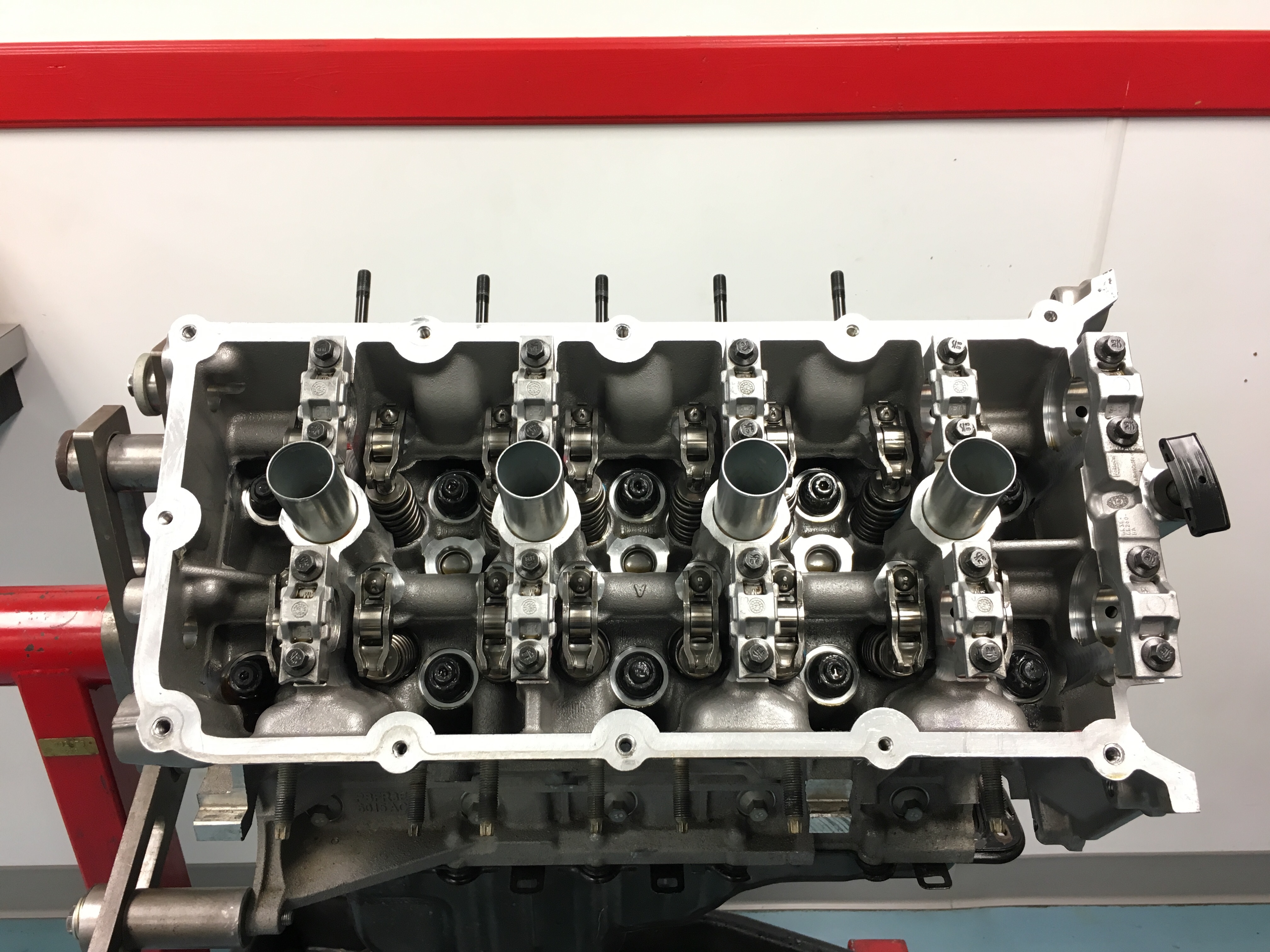Somebody with more attention and the ability to dumb it down for me please explain this:

 www.enginelabs.com
www.enginelabs.com

Oil Considerations in a Sea of Modern Engine Technology
Oil viscosity should be a consideration for the Ford Ti-VCT variable cam timing systems. Additive packages can inhibit direct injection LSPI issues...

